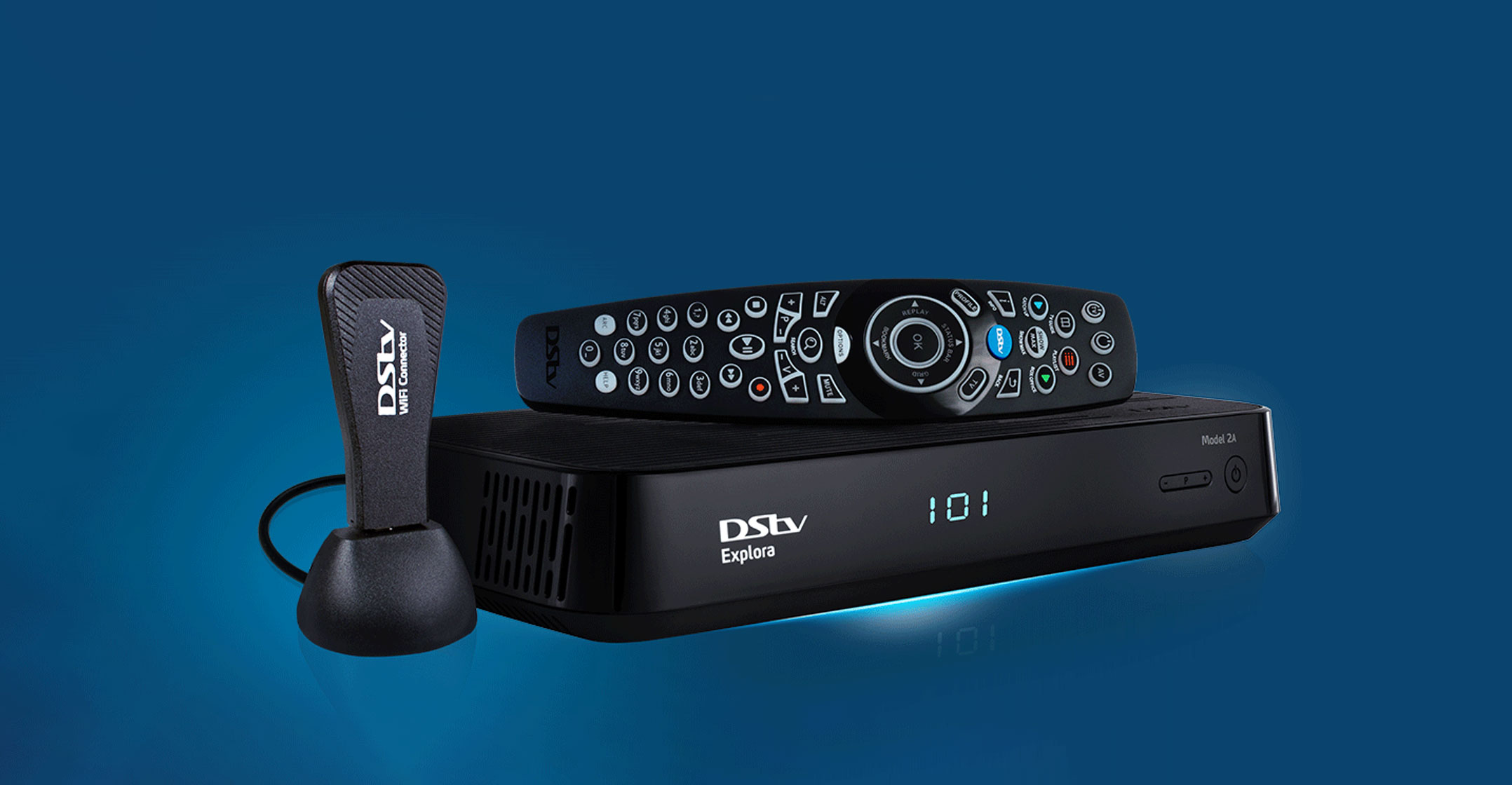
Despite the tough economic environment, MultiChoice added nearly 600 000 DStv subscribers in South Africa the first half of its 2017 financial year, which ended on 30 September 2017. That’s an increase of 10% over the same period a year ago.
However, the number of customers on the top-end DStv Premium tier has fallen, data published by parent Naspers shows. Naspers published its interim results on Wednesday afternoon.
The numbers reveal that Naspers’s video entertainment segment enjoyed overall growth in subscribers of 11%, to reach 12.2m, up from 11m a year ago. The biggest growth — 17% — came from GOtv, MultiChoice’s digital terrestrial television product in sub-Saharan Africa, with DTT subscribers reaching nearly three million.
MultiChoice had 6.6m DStv customers in South Africa at the end of September, and 2.6m in the rest of sub-Saharan Africa.
Overall Premium tier customers declined, however, falling from two million previously to 1.9m at the end of September. DStv Compact customers climbed slightly to just under 3.3m. The biggest jump came at the “lower end” of the market, where subscribers rose from 5.7m to almost 7.1m.
Average revenue per user in South Africa was “relatively stable” at R347, while the rest of sub-Saharan Africa generated Arpu of US$24.
The video entertainment segment reported revenue of $1.8bn, up 8% on the prior year. Trading profit was up by 4%. “Persistent currency weakness in Nigeria, where the naira weakened significantly year on year, translated to lower US dollar revenues.”
The number of personal video recorder (PVR) decoders in use in South Africa rose by 8% year on year to top 1.3m. A year ago, MultiChoice had 1.2m PVRs in its base.
‘Stable performance’
“In South Africa, DStv had a stable performance and continued to deliver healthy profits and cash flows,” Naspers said in notes accompanying its interim results. It said the combination of Internet television service Showmax with DStv is “showing encouraging early results”. The group doesn’t publish subscriber numbers for Showmax.
Outside South Africa, Naspers said losses in the sub-Saharan African video entertainment business stabilised year on year, with most African currencies, except the Nigerian naira, showing less weakness than in the prior year.

“Assuming no further significant currency weakness and continued momentum in subscriber growth, the group will be on track to bring the business back to profitability in the coming years,” Naspers said.
Thanks largely to its 33.2% stake in China’s Tencent, coupled with improvements elsewhere in the e-commerce segment, Naspers reported a very good overall performance, with group revenue, measured on an economic interest basis, increasing 33% year on year to US$9bn (or 39% in local currency and adjusted for acquisitions and disposals). Group trading profit increased by 40% (or 52% in local currency, also adjusted) to $2.1bn.
Group core headline earnings rose 65% over last year.
“We delivered a strong performance for the first six months of the financial year,” said Naspers chairman Koos Bekker in a statement. “E-commerce accelerated its top-line growth, while Tencent produced another excellent set of results. Video entertainment performed solidly in South Africa and managed to stabilise losses in sub-Saharan Africa, despite the continued need to navigate weak macroeconomic conditions.” — (c) 2017 NewsCentral Media




